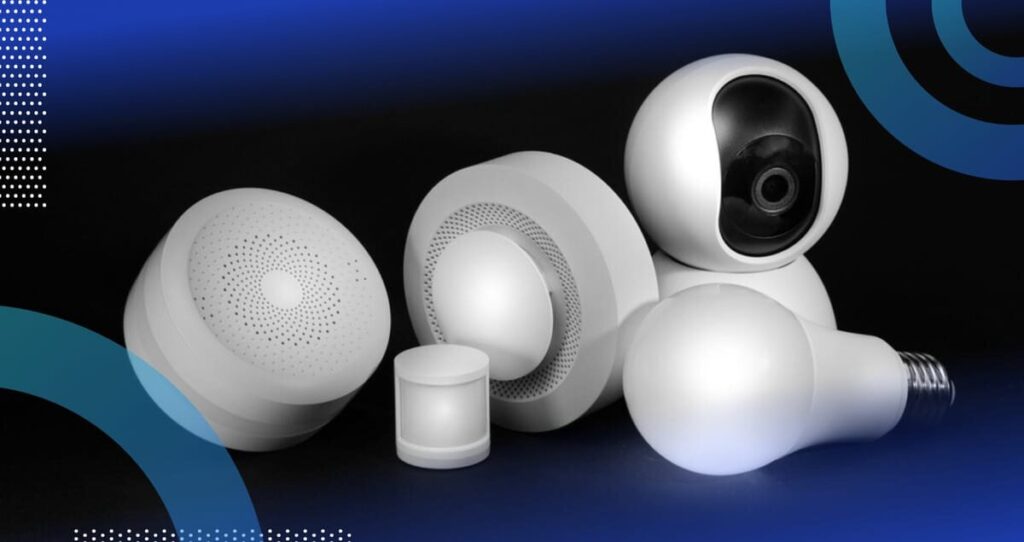The fusion of artificial intelligence with the Internet of Things (IoT) is not merely a technological advancement—it heralds a transformation poised to double the value of IoT to nearly $1 trillion over the next five years. This powerful synergy, now coined as the AI of Things (AIoT), is set to elevate our devices from simple data collectors to sophisticated decision-makers. Yet, this revolutionary evolution brings with it a set of challenges that must be meticulously navigated.
AIoT is shifting the paradigm of device functionality. Edge computing, or processing data on a network closer to its source, has touted benefits such as enhanced privacy, faster real-time processing, and improved autonomy. However, the move towards edge processing also signifies intricate hurdles. Developers face the challenge of hardware limitations, increased system complexity, and the critical balance between device capability and cost efficiency.
Envisioning the potential of AIoT requires a comprehensive understanding of its inherent complexities. Integrating AI with IoT aims to augment data management, bolster privacy, and enhance IoT efficiency. Yet, practical constraints cannot be overstated. For instance, edge computing minimizes reliance on distant cloud servers by enabling local or nearby data processing. This reduces latency and resource consumption significantly, fostering faster data delivery and increased efficiency.
Simultaneously, AI’s pervasive integration across industries brings a new depth to IoT. From predictive maintenance systems to smart assistants, AI-infused IoT devices are positioned to achieve unprecedented autonomy and utility. In an AI-enhanced edge environment, devices not only generate and process data locally but also make immediate decisions based on this data. This leap in capability foreshadows a new era where devices intelligently interpret and act independently.
Notably, according to Gartner, edge AI and generative AI will be among the most valuable components driving IoT’s future. Native AI applications, code generation tools, and platforms will become pivotal for businesses striving to deliver precise outcomes using local data. By 2024, Gartner projects a significant increase in new industrial IoT deployments that incorporate analytics and AI-edge inference capabilities, up from less than 30 percent in 2022 to 95 percent.
The advantages of AIoT are transforming the landscape at lightning speed. Edge AI promises to revolutionize data processing in connected devices by offering enhanced speed, reduced latency, and opening doors for next-generation products. Top among these benefits is strengthened privacy. By processing data directly on the device, edge AI minimizes the necessity to transmit sensitive information to cloud servers, a crucial consideration for both consumers and businesses.
This approach is particularly beneficial for devices managing personal data, like smart home assistants or health monitoring wearables. By ensuring data remains local, edge AI can prevent privacy breaches that could have severe repercussions. Moreover, edge AI facilitates near-instantaneous processing and decision-making, revolutionizing applications that require immediate responses. It also grants a level of autonomy previously unattainable, allowing for effective functionality even in regions with unreliable network connectivity.
Yet, the pathway to AIoT is not without obstacles. Hardware limitations in connected devices are a significant concern. Despite the promise of enhanced capabilities, AI models require substantial processing power, and even scaled-down versions can lead to increased power consumption. This complication is further exacerbated by the industry’s trend towards real-time operating systems and resource-constrained devices.
Further complexity arises with the integration of AI, which often demands a complete overhaul of existing device architectures, particularly challenging for smaller IoT devices. This need for redesign can decelerate the adoption of edge AI across various sectors. Additionally, edge computing’s limitations, such as reduced storage capacity compared to cloud infrastructure, present a significant challenge. AI models can range from gigabytes to terabytes in size, necessitating a careful balance between model sophistication and edge practicality.
To navigate these waters, developers must address the challenges inherent to AIoT. It’s crucial to strike a balance between deploying intelligent, autonomous devices and managing system complexity and hardware limitations. While we await technological advancements that will ease these constraints, a hybrid approach combining cloud and edge solutions may provide an interim answer.
IoT has already proven its value in reducing business downtime, preventing costly maintenance, and enhancing long-term decision-making. Integrating AI—with an emphasis on safety and efficiency—stands to elevate the industry further.
The future of AIoT will likely see either a multitude of modestly intelligent devices or numerous simple sensors coordinated by a central, highly intelligent system. Regardless of the direction, more robust, capable, and efficient devices are on the horizon. For this vision to materialize, designers and developers must adeptly manage the complexities and limitations inherent in this promising technological landscape.


